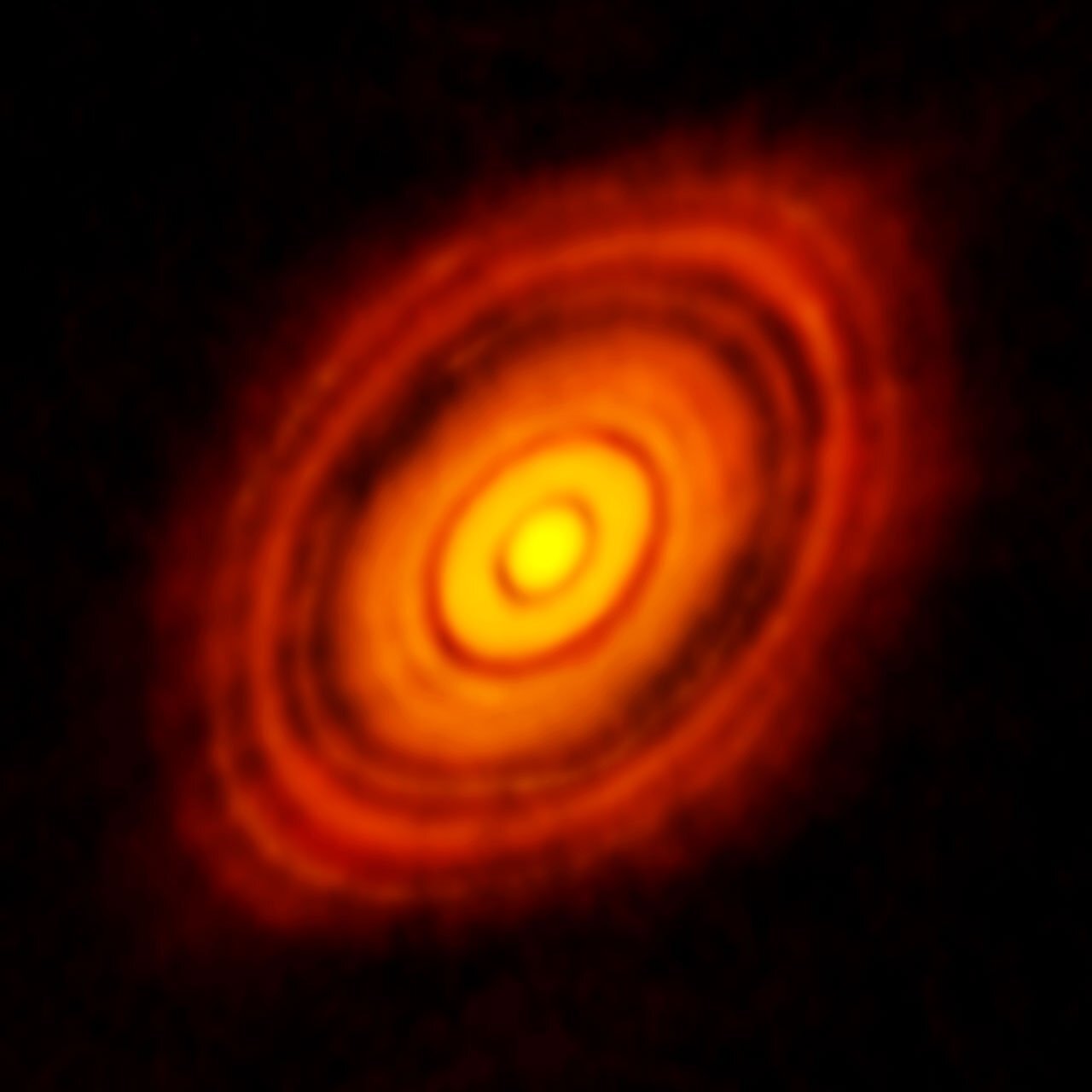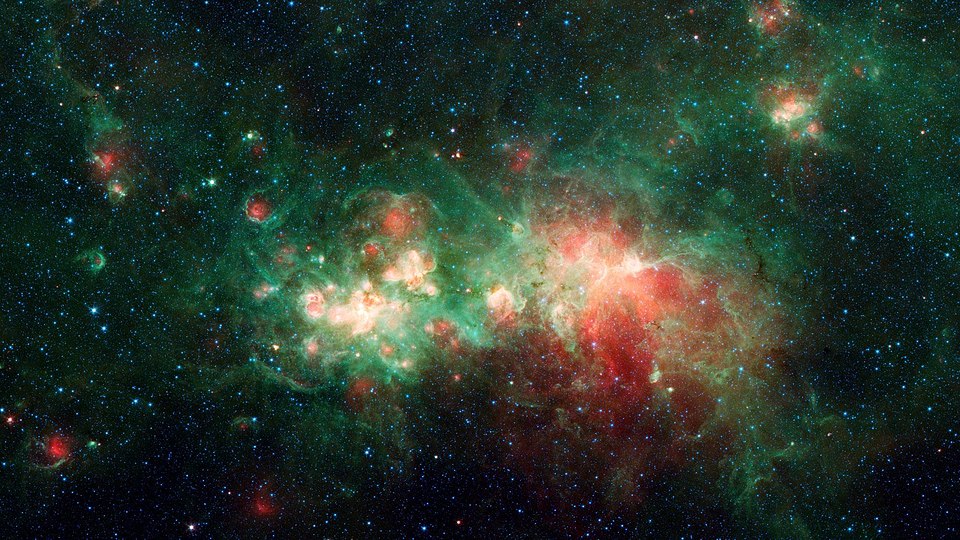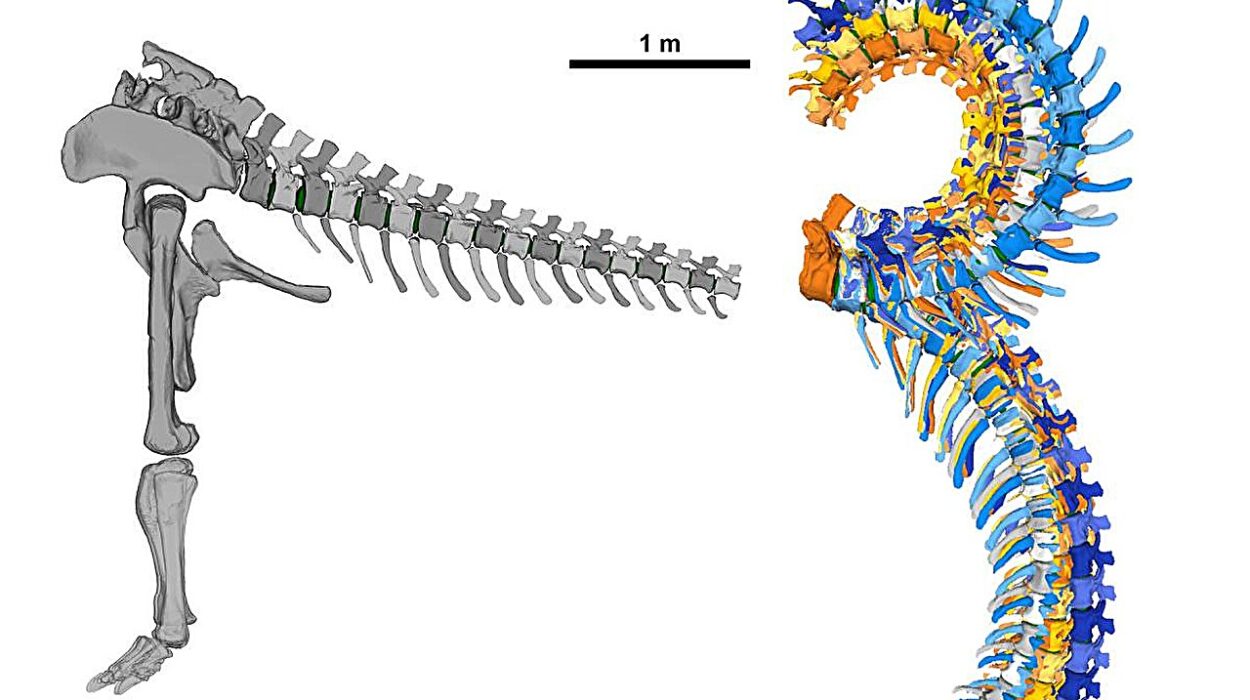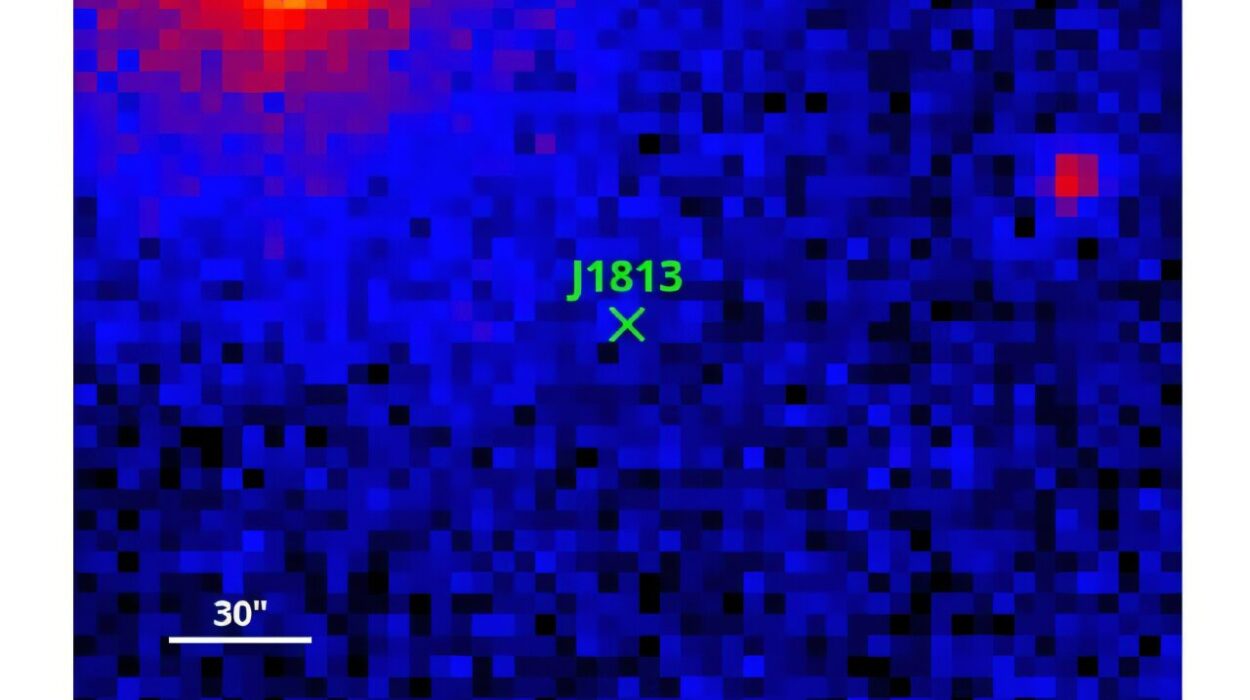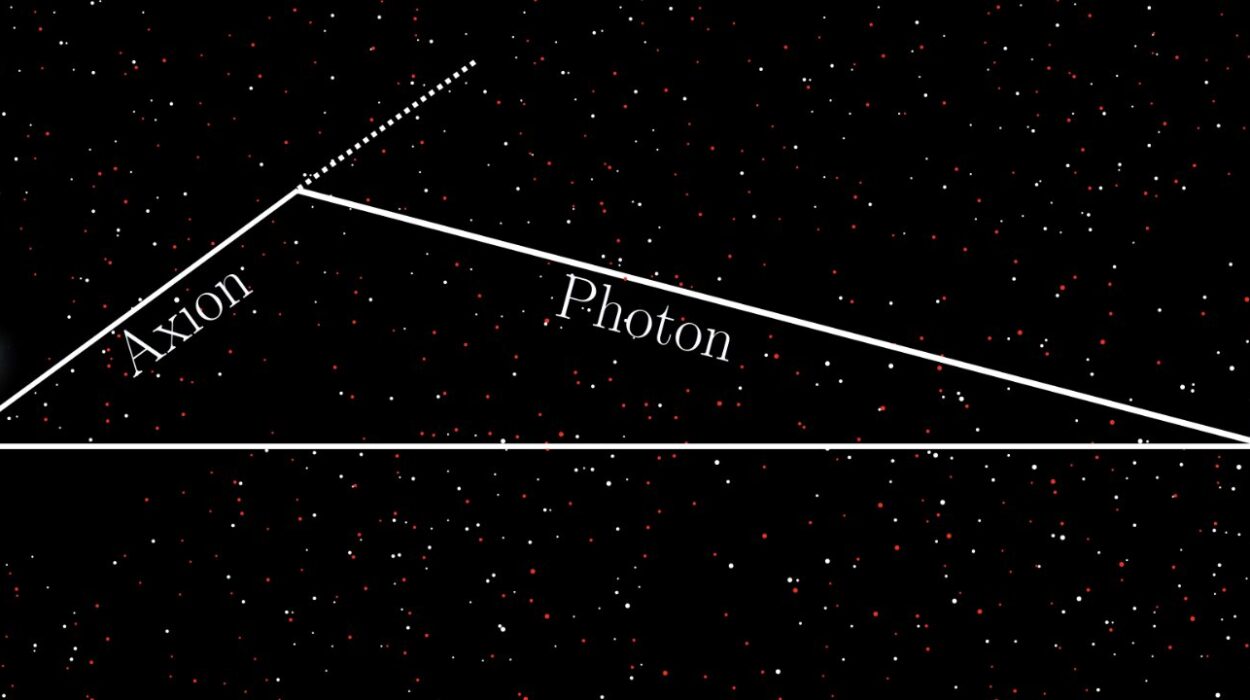High in the heavens, pairs of stars drift together like celestial twins, born from the same cloud of gas and dust, bound by gravity, and moving through space side-by-side. These co-moving stars—or “co-paired” stars—are more than a cosmic curiosity. They’re turning out to be powerful tools for astrophysicists seeking to unravel the secrets of planet formation, stellar chemistry, and magnetic activity. Now, a new study posted to the arXiv preprint server by an international team of researchers from Australia, China, the U.S., and Europe has turned this stellar companionship into an interstellar laboratory.
The central question is both bold and fascinating: Could a star’s chemical makeup—particularly the depletion of certain elements—be a fingerprint left behind by the formation or ingestion of a planet? More provocatively, could a star’s magnetic personality be shaped by the planets it hosts—or devours?
The answer, as this study suggests, may well be yes.
Co-Moving Stars: A Natural Control Group in Space
To understand what makes this study so compelling, we must first understand why co-moving stars are so valuable. When two stars form together, they share a common birthplace, chemical environment, and age. Their orbital motion through the galaxy is also aligned, which makes them cosmic siblings of a particularly scientific kind.
In most studies, comparing one star to another introduces a tangle of variables: different ages, compositions, formation histories, and environments. But with co-moving stars, many of these variables are held constant. This makes them ideal for detecting subtle differences—chemical fingerprints or magnetic fluctuations—that might otherwise be invisible.
The data set at the heart of this study came from the Complete Census of Co-Moving Pairs of Stars (C3PO)—a fittingly nerdy acronym for a survey that is anything but mechanical in its implications. The C3PO catalog includes hundreds of star pairs identified through precise astrometric data, offering a treasure trove for astronomers. From this, researchers selected 125 star pairs that displayed notable chemical differences.
The Role of Refractory Elements: Cosmic Dust with a Clue
The research focused on the chemical composition of these stars, particularly the presence or absence of refractory elements. These are elements—such as iron, titanium, aluminum, and calcium—that condense into solid particles at relatively high temperatures (above 900 K). In the early stages of stellar and planetary formation, refractory elements are the ones that stick around close to the hot center of the newborn system, forming rocky planets and the dense cores of gas giants.
In contrast, volatile elements like carbon and oxygen condense at lower temperatures and tend to form farther out in the planetary disk. That difference in condensation temperature makes the distribution of elements in a star a potential clue to the star’s planetary history. If a star is missing refractory elements, perhaps they were stolen away into planets—or perhaps they were gobbled up after a planetary catastrophe.
To examine this, researchers combined data from high-resolution spectroscopy using instruments like Magellan, Keck, and the Very Large Telescope (VLT), which allowed them to determine with exceptional precision the chemical makeup of both stars in each pair. They found something striking.
Magnetic Activity and Missing Metals
The stars with noticeably lower refractory element abundances also exhibited higher magnetic activity. This magnetic activity, often measured through emission lines in the ultraviolet and X-ray spectra, is a hallmark of a star’s dynamo—its internal churning of charged particles that generates magnetic fields. In young, fast-rotating stars, magnetic activity is typically high and gradually decreases with age. But here, among same-aged stellar siblings, one of the pair glowed with magnetic fury while the other remained relatively calm.
That disparity pointed to something unusual. If both stars were born together and aged together, why would one have a magnetic storm raging while the other stayed placid?
The answer seemed to lie in the missing refractory elements.
The more a star was depleted in elements like iron and aluminum, the more magnetically active it appeared. Meanwhile, differences in volatile elements had a far weaker correlation with magnetic behavior. That suggests that it’s not just elemental abundance that matters—it’s specifically the type of element and its thermodynamic properties.
Did These Stars Eat Planets, or Just Build Them?
There are two leading hypotheses to explain why a star might be missing refractory elements. The first is relatively benign: planets formed around the star, and in doing so, locked up the heavy elements into rocky cores and metallic surfaces. The star retains the lighter, more volatile elements, while the planet walks off with the heavy stuff.
The second hypothesis is more dramatic: the star ate one or more of its planets.
Stellar cannibalism is not science fiction. Young stars can experience chaotic orbital migrations in their planetary systems, causing rocky worlds to spiral inward and disintegrate in the star’s atmosphere. In theory, that should increase the abundance of refractory elements—but only if the planet’s core mixes fully with the star’s convective layer. If the material sinks below observable layers or if the ingestion occurs at a particular developmental stage, the result might instead be magnetic disruption or structural change.
In either case, the presence or absence of planets—and what happens to them—seems to leave a magnetic scar.
Why Magnetic Activity Matters
Magnetic fields are crucial to a star’s life and to the environment of any orbiting planets. Strong stellar magnetic activity can produce stellar winds and flares, which can strip atmospheres from nearby planets and affect their habitability. But magnetic activity also arises from the deep internal processes of the star itself—convection, rotation, and turbulence.
This study proposes two mechanisms that might explain the link between chemical composition and magnetic strength:
- Star–Planet Interaction: The gravitational tug of a close-in planet might influence the star’s rotation and internal convection, modifying its magnetic dynamo.
- Efficient Contraction: If a star is depleted in refractory elements, it may contract more efficiently during its pre-main-sequence phase, reaching a more magnetically active state due to internal structural differences. In essence, lighter internal composition could lead to faster spins and stronger magnetic fields.
Both ideas remain speculative but point toward new lines of research that combine planetary science, stellar physics, and magnetohydrodynamics.
Ruling Out the Usual Suspects
One of the strengths of the study is how it rules out other common explanations. For instance, stars can become chemically different due to their birthplace in the galaxy—a concept known as galactic chemical evolution. But in co-moving stars, this doesn’t apply: they were born together, in the same neighborhood, with the same galactic ingredients.
Another potential cause could be internal mixing—where heavier elements sink or rise inside the star over time, affecting the outer layers we observe. But again, the twin-like nature of these co-moving stars makes it unlikely that internal mixing alone could account for the consistent differences observed.
Activity cycles—periodic rises and falls in magnetic activity, similar to our Sun’s 11-year solar cycle—were also considered. But no correlation was found between the chemical differences and the stars’ position in these cycles.
What remains is a clear correlation between a star’s lack of refractory elements and its magnetic vigor.
A New Window Into Stellar and Planetary Histories
This study is part of a broader trend in astrophysics: the use of high-precision chemical and magnetic measurements to infer the hidden histories of stars and their planets. Stars, long considered simple spheres of gas, are now being decoded like cosmic crime scenes—revealing clues about what formed around them, what they interacted with, and what they might have consumed.
It also adds a new dimension to the search for exoplanets. If stars with high magnetic activity and low refractory content are more likely to have formed planets, then magnetism and chemistry become valuable indirect tools for planet detection—especially for worlds too small or distant to be seen directly.
The study opens up exciting avenues for future research. Confirming planetary systems around these magnetic stars would provide direct support for the hypothesis. So would observing their rotational behavior, to understand whether spin rate is a key mediator between chemistry and magnetic field strength.
The Planetary Fingerprints in Starlight
In the end, what this study offers is a new kind of celestial archaeology. By comparing stellar twins that should be identical, we uncover the fingerprints of hidden processes—planet formation, planetary ingestion, magnetic evolution—that shape the lives of stars and the worlds they host.
It’s a reminder that the cosmos doesn’t always reveal its secrets through bright explosions or dramatic collisions. Sometimes, the most telling stories lie in tiny chemical differences between twin stars, drifting quietly through space.
And in those subtle differences, we find clues not just to how planets form, but to how stars live, evolve, and remember.
Reference: Jie Yu et al, C3PO IV: co-natal stars depleted in refractories are magnetically more active—possible imprints of planets, arXiv (2025). DOI: 10.48550/arxiv.2503.10339
